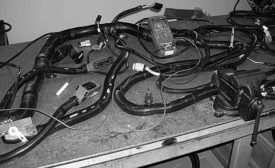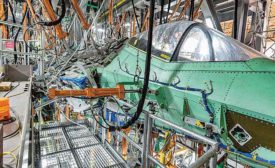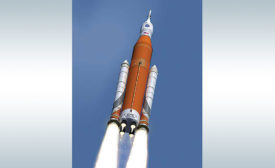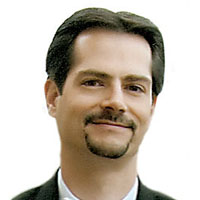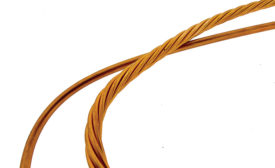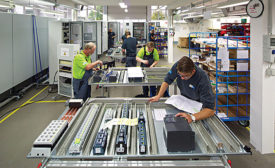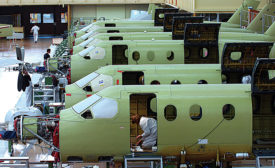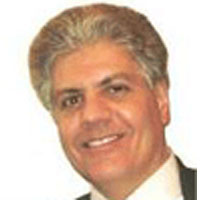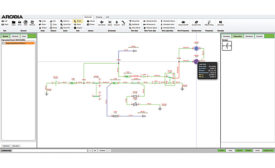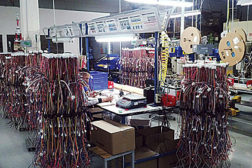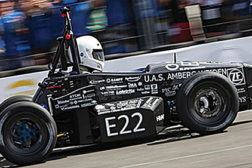Home » Keywords: » wire harness design
Items Tagged with 'wire harness design'
ARTICLES
Designing, building and testing complex wire harnesses takes planning, attention to detail - and a good tester
Read More
Designing Aircraft Wire Harnesses 101
Engineers have many things to consider when designing wire harnesses for military aircraft.
April 17, 2019
Software Aids Design of Wire Harness for NASA's New Rocket
NGIS increases cable design productivity for NASA rocket by moving to a digital design process
July 13, 2018
Choose the Best Parts for Your Wire Harness
Each component of a wire harness can affect the performance of the finished product
July 1, 2016
EVENTS
Get our new eMagazine delivered to your inbox every month.
Stay in the know on the latest assembly trends.
SUBSCRIBE TODAY!Copyright ©2024. All Rights Reserved BNP Media.
Design, CMS, Hosting & Web Development :: ePublishing
